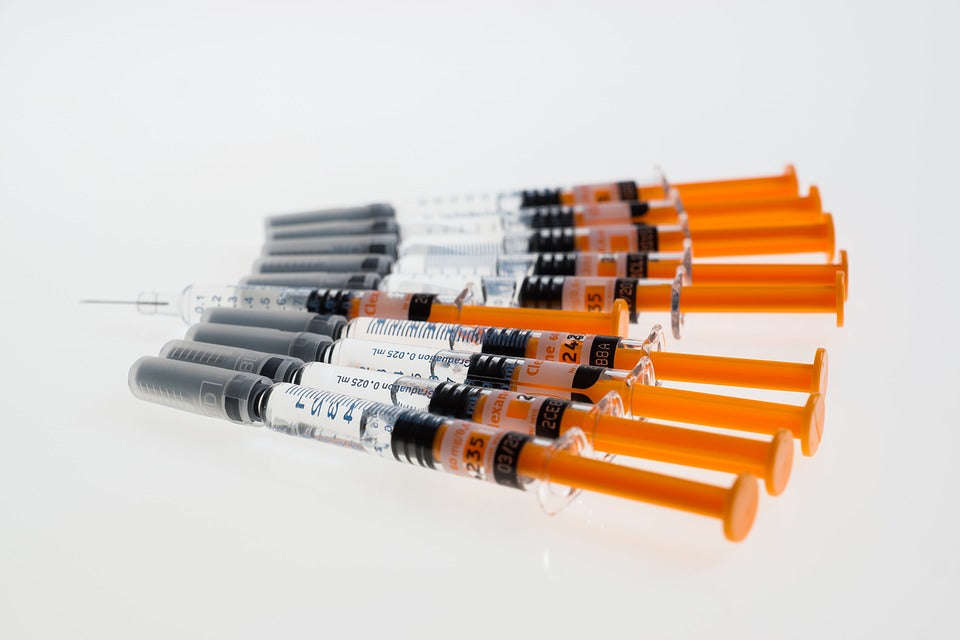Immunization Common Questions
Fall is a common time for people to start thinking about vaccinations. Children attending school will need to be up to date on immunizations. And September and October are prime time for flu shots for anyone six months or older.
Before getting vaccinated, it is common to have questions — from wondering about possible side effects to wanting to know how different types of vaccines work. Below are answers to four common questions about immunizations.
What are the possible side effects of vaccinations?
The most common side effects from any vaccine are:
- Pain, swelling, or redness where the shot was given
- Fever
- Chills
- Fatigue
- Headache
- Muscle and joint aches
- Nausea
What is the difference between natural immunity to a disease and immunity from a vaccine?
When you get sick, your body mounts an immune response to help you fight off the bacteria or virus you’re infected with. After you have fought off the illness, your body retains a memory of how to fight the germ if you’re exposed again. This is known as natural immunity.
By contrast, immunity from a vaccine is the immunity you build when you receive a vaccination against a particular disease. One of the main benefits of vaccination is that you don’t have to suffer through the actual disease to gain immunity.
What are the different types of vaccines, and how do they work?
Vaccines work by triggering your body to produce antibodies that will help you fight off specific diseases if you’re exposed to them. There are different types of vaccines that work in different ways. These include:
Inactivated vaccines – These contain a killed version of the germ that causes the disease. Examples include influenza and polio.
Live-attenuated vaccines – These contain a weakened form of the germ and are safe for people who have a normally functioning immune system. Examples include chicken pox, MMR, and rotavirus.
Messenger RNA (mRNA) vaccines – These contain mRNA that triggers your cells to produce a protein found on the germ. This allows your body to produce antibodies against that protein without being exposed to the entire germ. The mRNA in the vaccine degrades quickly and does not remain in your body. The new Pfizer and Moderna COVID-19 vaccines are mRNA vaccines.
Viral vector vaccines – A viral vector vaccine uses a modified version of a different virus to deliver instructions to your cells to produce a portion of the virus that causes the disease. The new Johnson & Johnson COVID-19 vaccine is a viral vector vaccine. The DNA that codes for a protein on the SARS-CoV-2 is contained with the harmless viral vector that helps the DNA get into your cells.
Subunit, recombinant, polysaccharide, and conjugate vaccines – These contain a piece of the germ that causes the disease. Examples include Hib, HPV, whooping cough, and shingles.
What are the risks of not getting vaccinated?
The biggest risk of not getting vaccinated is that you’ll get the disease that the vaccine would’ve prevented. This is especially problematic for diseases like COVID-19 that can cause serious illness, hospitalization, and even death — in addition to a longer-term syndrome known as long Covid. The other significant risk of not getting vaccinated is that you will spread the disease to other people. This includes people who are especially vulnerable to serious complications from COVID-19, people with weakened immune systems (because their bodies may mount a less robust antibody response to the vaccine), and people who are unable to get vaccinated due to age or certain underlying medical conditions.

